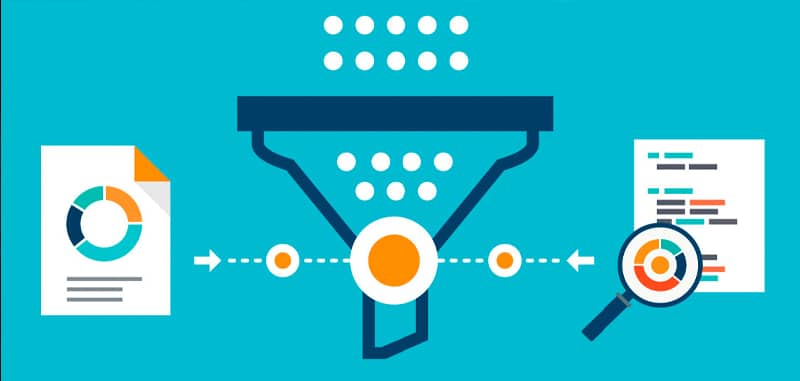
To better understand the meaning of the concept of "sales funnel", its purpose, tasks, it is best to study it with examples.
The definition of a sales funnel is as follows: it is a scheme for distributing potential buyers through the stages of a deal, starting with the first contact and ending with the sale of a product / service.
In every business, preference is given to specific ways to attract an audience. For example, to promote a site, at least:
It should be noted that the term "sales funnel" (sales funnel) was first proposed in the 19th century by Elias St. Elmo Lewis. He defined the concept of the consumer funnel as the movement of a consumer from getting to know a product to purchasing a product / service.
The thing is that the funnel helps to understand the psychology of a potential buyer in the buying process, roughly calculate the costs of a trustworthy client, and develop a further business strategy.
The processes for each person are individual, so there are no sales funnel standards. The method of attracting the audience is decisive in each case.
The funnel looks like this:
When you understand the process step by step, you can work on its improvement, increase its productivity.
In business, these types of sales funnels are distinguished:
At the same time, the site highlights:
Of great importance is the statistics of site visitors who have moved to the next action.
If we take as a basis the source of visitors to the site, then we can identify a number of factors that have a direct impact on the final decision:
To recognize the best forms of influence on conversion, you need to conduct research and evaluate the return action from each element.
Leave your contacts and we will contact you shortly
What do you wish to find?
Your application has been accepted.
We will contact you soon!